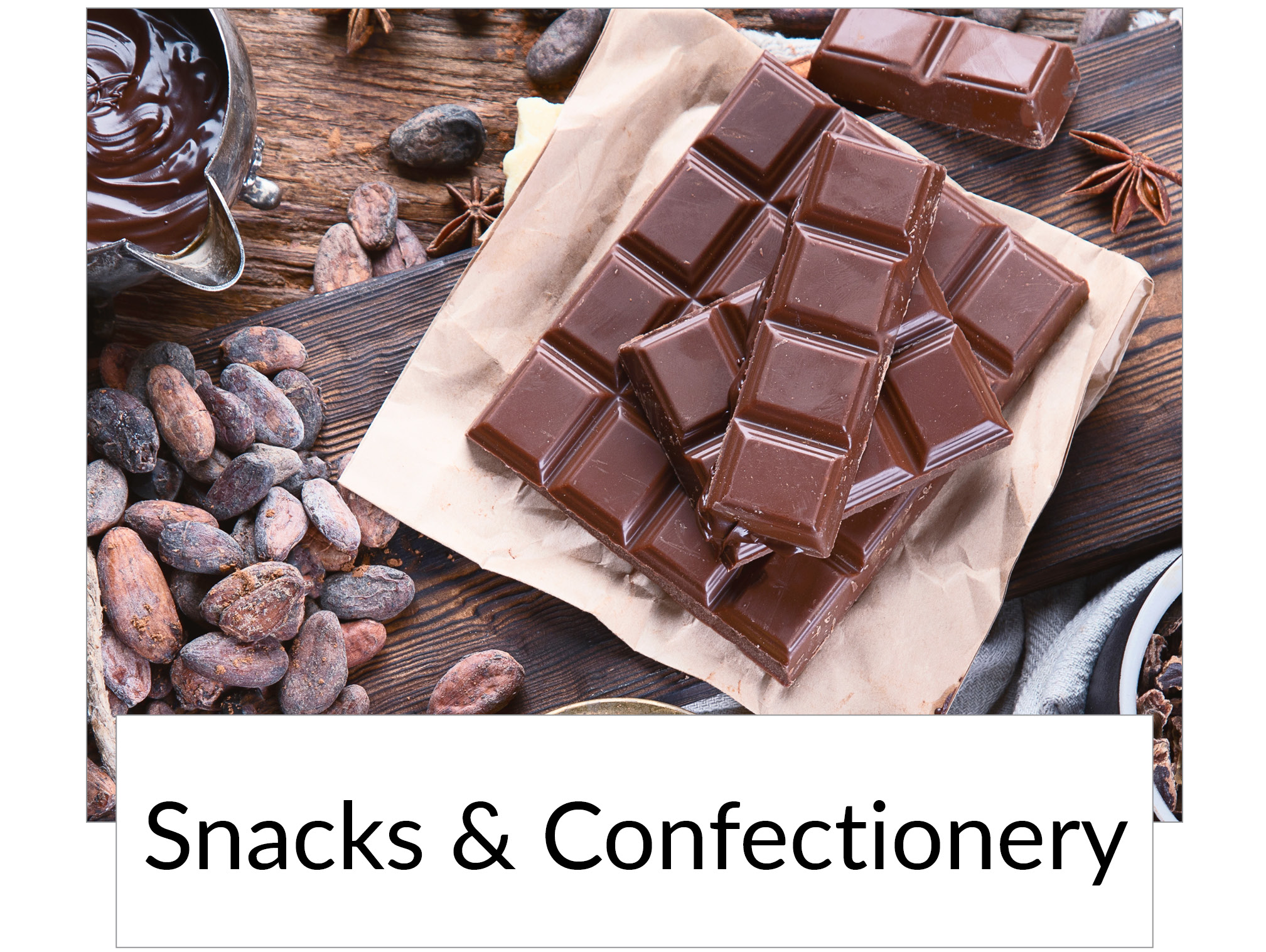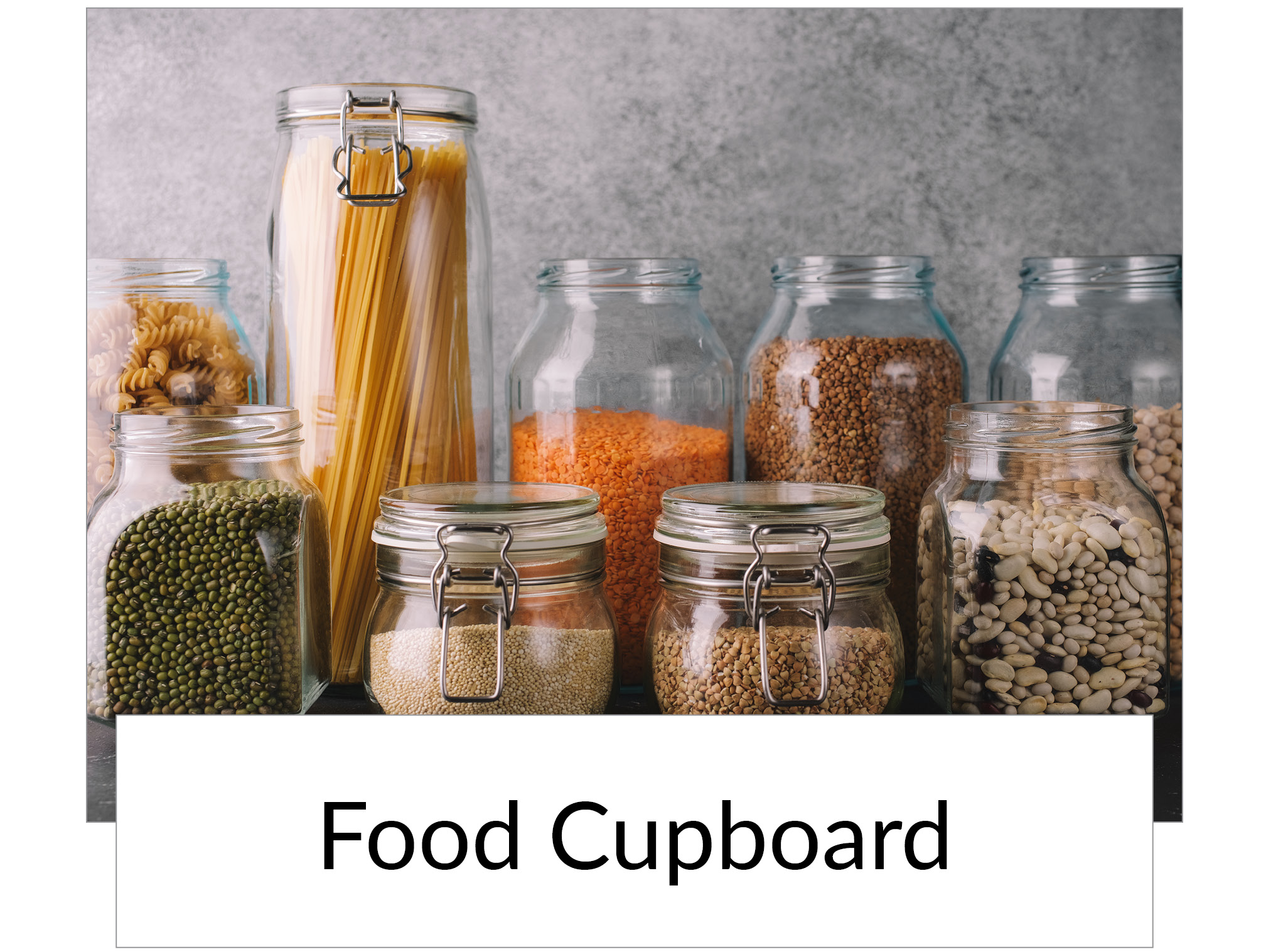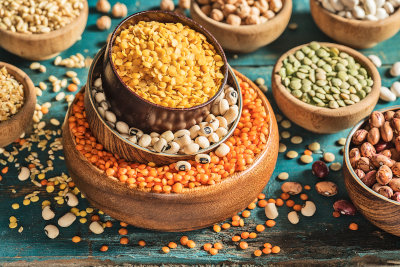
Organic pulses, both dried and canned, are a fantastic plant-based source of protein and fibre. They are highly nutritious and a great source of vitamins and minerals. Pulses range from chickpeas to beans and lentils and are an incredibly versatile food to cook with. These tasty morsels can be used in a variety of dishes, from soups and salads to curries and stews. But have you ever stopped to think about which is the most cost-effective option: dried versus canned?
Do the math
It’s time to get out your calculator!
A 500g bag of Real Foods organic dried chickpeas currently costs £3.05
Which works out at 61p per 100g.
A 400g can of other branded cooked organic chickpeas currently costs £1.15
Which works out at 29p per 100g.
Pricing is current and subject to change.
It makes more sense to buy the cooked canned product then, right?
Perhaps not, when you consider that 100g of dried pulses or beans will give you about 250g of cooked product.
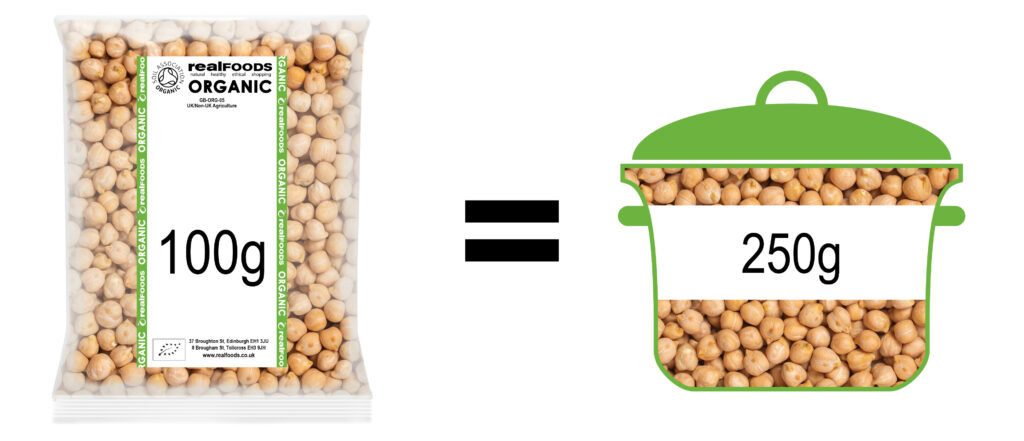
Compare then if you will…
When you drain a 400g can of cooked pulses you will be left with approximately 250g of pulses.
In that case, the cost of the canned product is actually nearer to 46p per 100g.
Whereas if we then take a 500g pack of dried chickpeas and cook them.
This becomes 1.25kg of cooked chickpeas costing 24.4p per 100g.
Pricing is current and subject to change.
So, as you can see, the more cost-effective option is to go with dried pulses rather than canned. You can make further savings by buying these items in bulk. At Real Foods we offer the opportunity to buy organic pulses from as little as 100g right through to wholesale sizes such as 10–25kg.
The low waste option
It’s not just in terms of cost that dried is the better option. Buying items in bulk means that you reduce the need for excess packaging, making this a more eco-friendly and low waste option. When you buy from our Organic and Essentials ranges, any products up to 1kg come in home-compostable and eco-friendly packaging while products weighing from 3 to 6kg come in recyclable polythene bags.
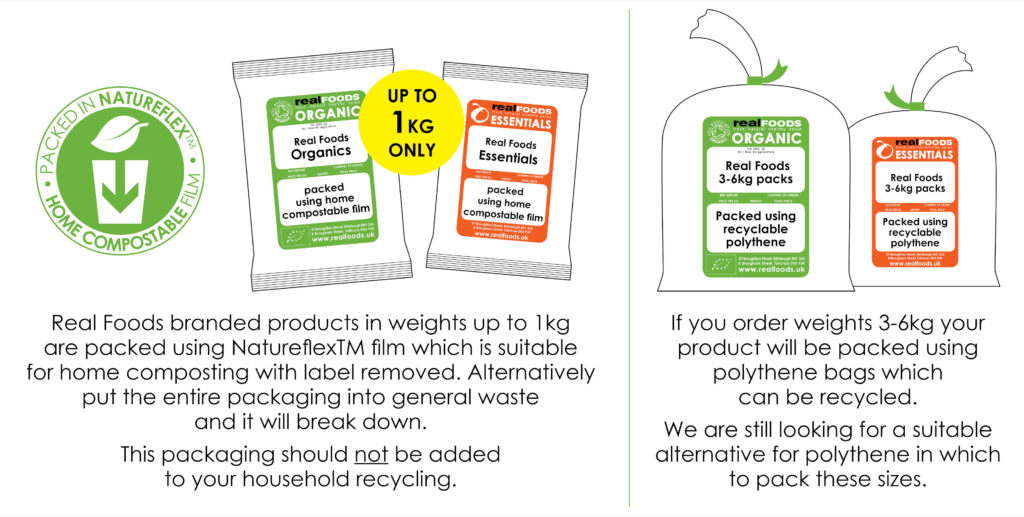
Improved taste
One last reason to buy dried rather than canned organic pulses is improved taste. Although dried pulses take longer to cook than canned varieties, by cooking them with herbs and spices you infuse them with added flavour. You simply don’t get the same rich, deep flavour from a can of beans or lentils that you get from a batch that have been cooked with garlic, onion, herbs and chilli.
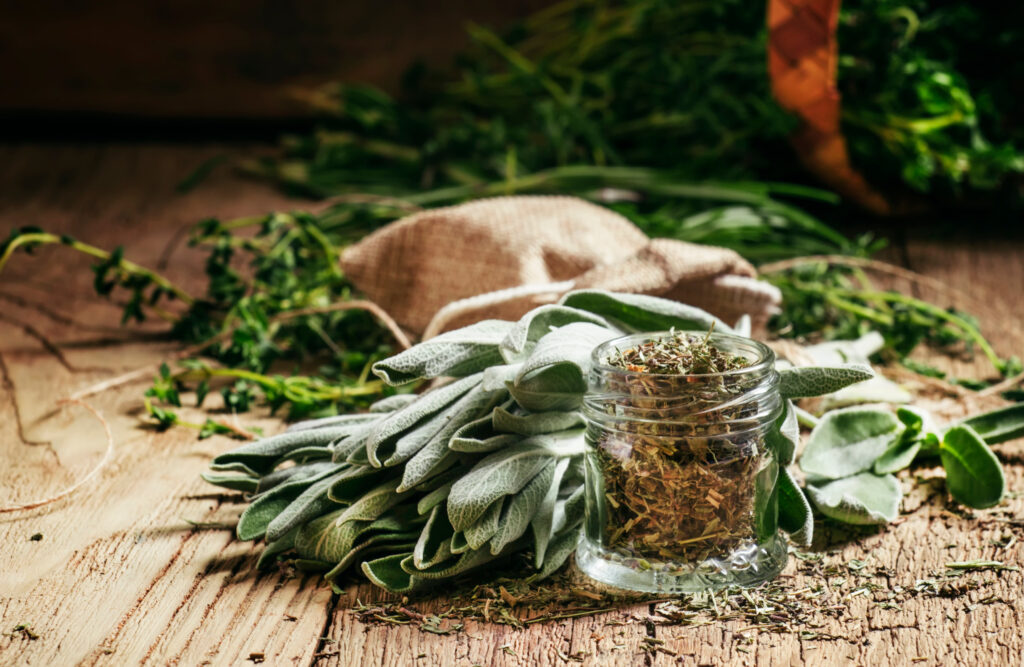
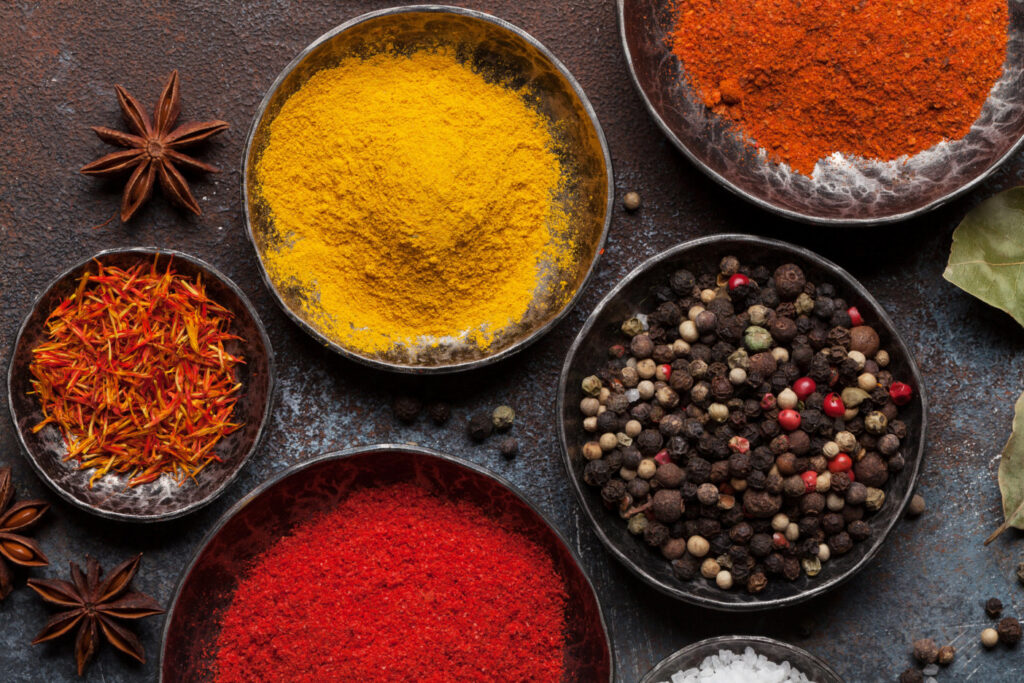
So how do you cook with organic pulses?

Here is an overview of some of the most popular organic pulses, plus tips for how to cook them and recipe suggestions.
Organic chickpeas
Also known as garbanzo beans, chickpeas have been cultivated in Asia and the Mediterranean for hundreds of years. Chickpeas are a rich source of plant-based protein and fibre whilst being low in fat, which may help with weight management and keeping you feeling full. In addition, these nutty-tasting legumes are rich in a variety of vitamins and minerals, particularly manganese and folate. You can buy chickpeas dried or ready-cooked in cans. The dried variety should be soaked before cooking.
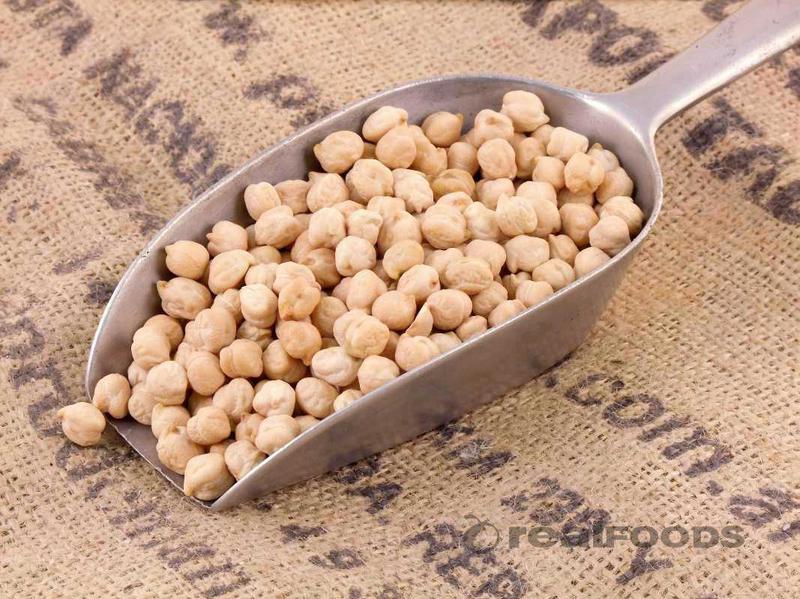
Slow soaking involves putting the dried chickpeas in a bowl, covering with plenty of water and leaving to soak overnight or for eight to 12 hours. Adding a bit of bicarbonate of soda will help to soften the skins and speed up the process. For a quicker method you can bring them to the boil in a saucepan full of water, switch off the heat and leave to soak for an hour. When it comes to cooking your soaked chickpeas, drain them, place them in a saucepan and cover with cold water that’s double the volume of the chickpeas. Bring to the boil and then simmer until tender (around an hour) before draining.
The classic recipe for chickpeas is hummus, but they can also be used to make falafels and burgers. Chickpeas also add bulk to salads and soups like this delicious Moroccan vegan harira soup.
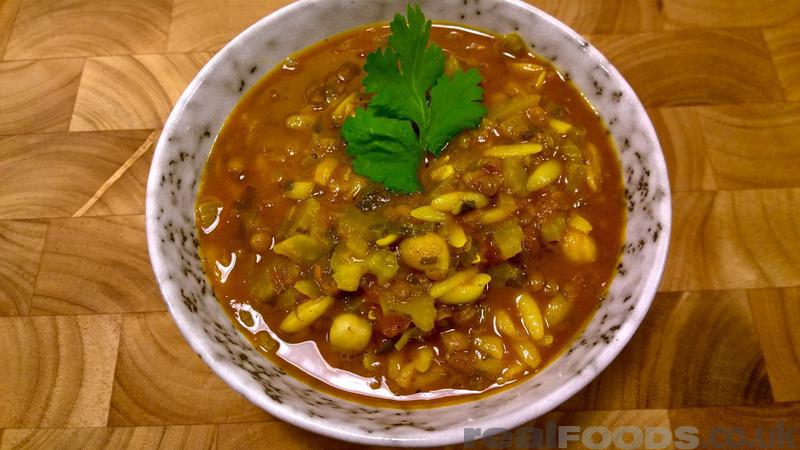
Organic red split lentils
Split red lentils cook quickly and tend to have a sweet and nutty flavour. They are great sources of B vitamins, magnesium, zinc and potassium. Lentils are composed of more than 25% protein, and are also a great source of fibre and iron.
Unlike other pulses, lentils don’t need to be soaked before cooking. Simply give them a good rinse under the tap before boiling in a pan of water. Use 1½ cups of water or broth to one cup of dry lentils. Bring to the boil, cover and simmer until they are tender (around 10 to 15 minutes). Top tip: if you want to add salt, do so after cooking to avoid the lentils becoming tough.
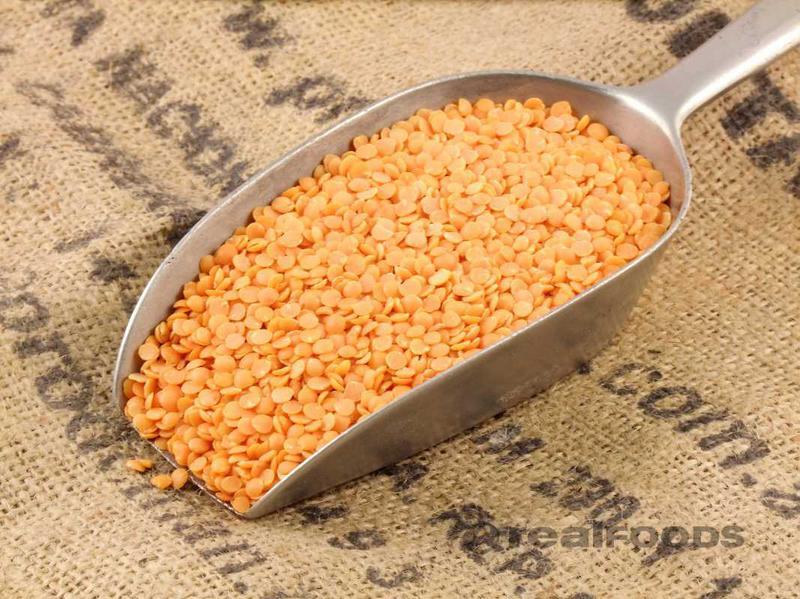
Organic red split lentils can be incorporated into a variety of recipes thanks to their speedy cooking time. Use them to make a healthy plant-based spread as an alternative to hummus, or use them as an alternative to meat in shepherd’s pie. For a hearty and filling lunch, trying making a pot of this red lentil soup with spicy roasted chickpeas.
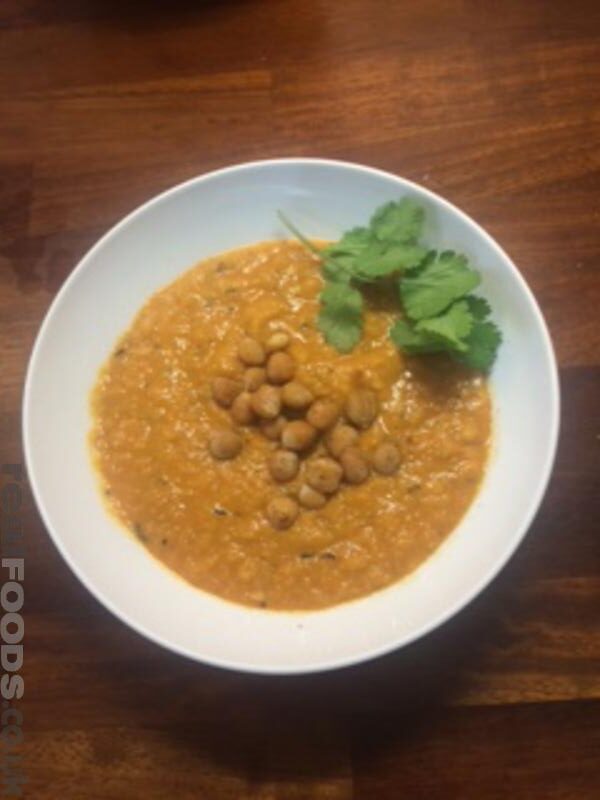
Organic green lentils
Like the red split variety, green lentils are packed with protein, low in fat and high in fibre. They come in two varieties: standard green and French green and have a peppery flavour that makes them different to their red counterparts. French green lentils are smaller, firmer, and have a more peppery taste than the standard green variety. They also contain more protein.

Whereas the split red variety are quick to cook and can easily turn to puree, green lentils work well in dishes that require texture, making them good meat replacers. They do not need to be soaked but should be rinsed before boiling in a saucepan with three parts water to one part lentils until tender (around 40 minutes). Green lentils work well in recipes such as vegan lasagne, as a filling for stuffed peppers or to bulk up salads and stews. Try using them in this vegan Mulligatawny soup recipe for a satisfying dinner.

Organic pinto beans
Often used in Mexican dishes, pinto beans are known for their beige colour and brown spots as well as their earthy, nutty taste. In nutritional terms, pinto beans are a good source of protein and fibre and are low in fat and sodium. They are particularly rich in thiamine (vitamin B1), which helps the body convert food into energy. Pinto beans are also a good source of antioxidants, including polyphenols and flavonoids.

When it comes to cooking, start by soaking the beans for a few hours or overnight, ideally. Like chickpeas you can add bicarbonate of soda to the water to speed up the cooking time. Pinto beans can also be put in a saucepan of water, brought to the boil, and then the heat is turned off and they are left for one or two hours. The next step is to rinse them under cold water and bring to the boil in a saucepan with three parts water to one part beans. Simmer until tender, which should take around an hour.
These speckly little beans are often used in typical Mexican dishes like refried beans and burritos but can also be mashed up to make a healthy dip. Try using them in this tasty One Pot Vegan Mexican Kamut Chilli Recipe.
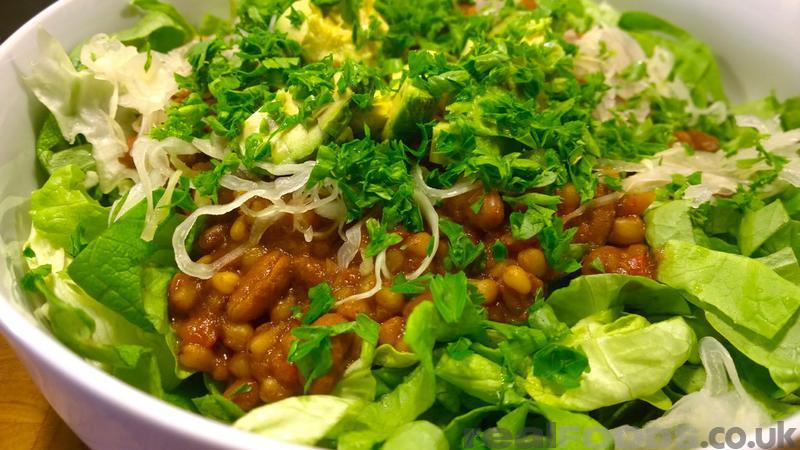
Organic haricot beans
Haricot beans are used to make the staple ingredient in a cooked breakfast: baked beans. In the US, these small, white, oval-shaped beans are known as navy beans. This is because they were regularly eaten by the US navy during the 1900s. As they have a mild flavour, haricot beans easily absorb other flavours and make great additions to soups and casseroles. They are a good source of protein, fibre and B vitamins and are a low GI food, meaning that they help to balance blood sugar levels.
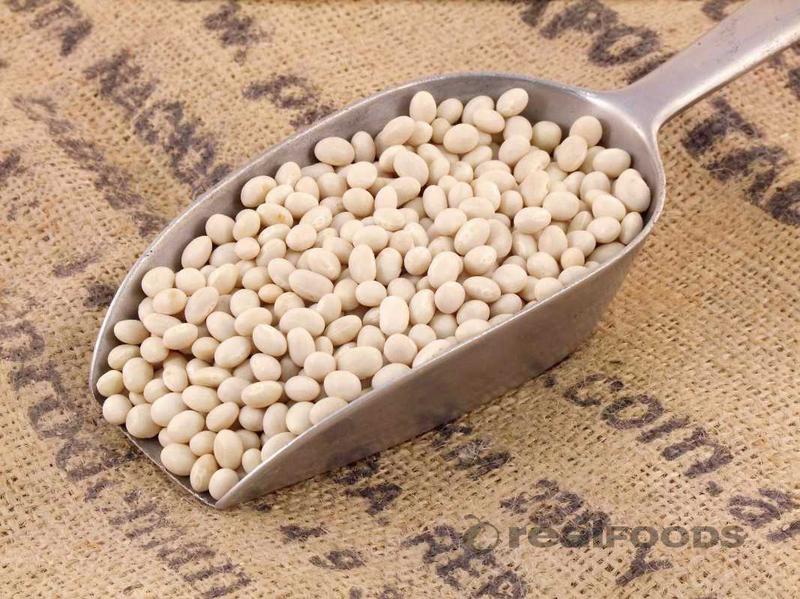
Haricot beans require soaking for a minimum of four hours. They can then be placed in a saucepan, covered with water and boiled for 10 minutes. After this they should be allowed to simmer for 1–1½ hours until tender. Homemade baked beans are much healthier and tastier than the canned variety, so try out this recipe using haricot beans.
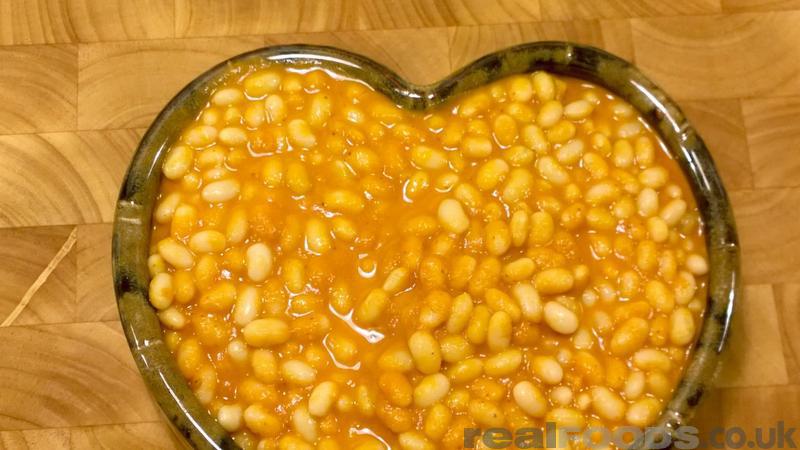
Organic red kidney beans
A staple ingredient in chillies, kidney beans are so-called because of their distinctive kidney shape. These red-brown coloured beans are a good source of plant-based protein and healthy fibres, meaning that they are good for balancing blood sugar levels. They are a variety of the common bean, which is native to Mexico and Central America. It is very important to soak and cook kidney beans properly in order to remove the toxins contained in their outer skins.
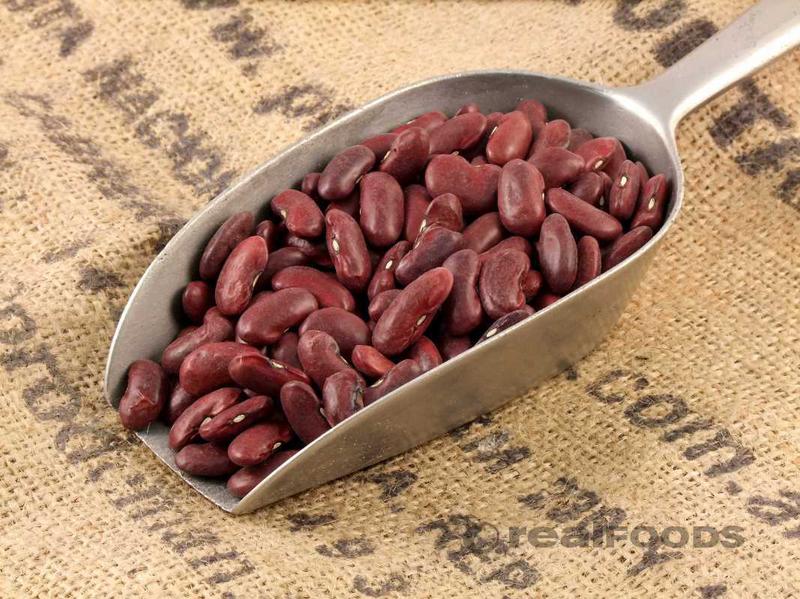
Dried kidney beans should be soaked for at least eight hours before being drained and rinsed under the tap. They can also be brought to the boil in a saucepan and once the heat is turned off, covered and left to soak for about an hour. To cook, the soaked beans should be placed in a pan, covered with fresh cold water and brought to the boil for at least 10 minutes. After this they can be simmered for around 45 to 60 minutes until cooked. If they are still hard and white in the middle, this means that they need to be cooked for longer. Kidney beans work well in salads, stews and of course chillies. Try using them in this spicy curry recipe.

So, when it comes to buying organic pulses, dried wins over canned every time. Enjoy trying out these recipes and make sure you check the Real Foods archives for more inspiration.
Take a look at this month’s special offers!
